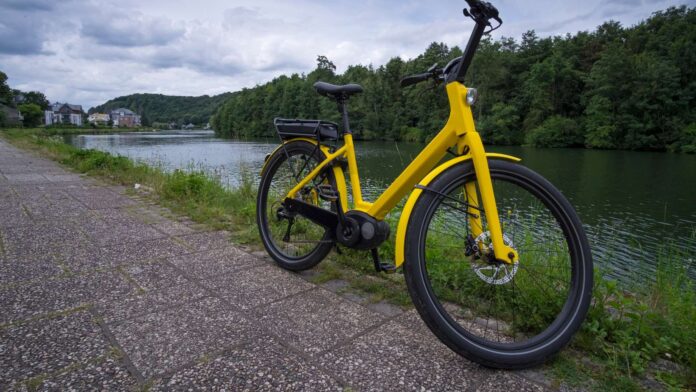Electric bikes are more reliable, efficient, and economical than heavy-duty transportation. However, for reaping the benefits choosing the right model is crucial. Although the market has countless options, picking the appropriate model requires research and analysis.
The below excerpt discusses all the essential things to help you choose the right e-bike. Electric bikes have an exterior similar to conventional bikes but have electric mechanisms.
E-bikes have numerous styles and configurations. You can purchase a model with Ebike Battery 48V, a fat tire e-bike, or an off-road one. Let’s quickly dive into the most important purchasing aspects for a commendable purchase.
Buying Advice For E-Bikes
Before progressing, note that the below-mentioned features are generic. You can alter the features according to your needs and preferences.
The Bike Classes
The first thing you need to decide is which class of e-bike you want. According to speed and throttle, electric bikes are divided into three categories. Class 1 bikes are the most basic, with a maximum speed of 20 Mph—the incorporated motor functions when you peddle the bike.
The next is the Class 2 bikes with a maximum speed of 20 Mph. Like the class 1 e-bikes, class 2 bikes also use motorized mechanisms to assist the peddling. However, they also include a throttle feature for more heavy-duty uses. Class 3 e-bikes are the fastest, with 28 Mph speed. However, there are no throttle systems involved.
Battery Life
Purchasing the right battery size is extremely important. Usually, e-bikes have batteries between 7 to 35 Ah batteries. However, the final battery size depends on your use case. You’ll need a higher battery capacity if you want an e-bike for heavy-duty tasks. However, a battery with a running time of 2 to 4 hours for everyday tasks will suffice.
Purpose
Where do you want to use your e-bike? The answer to the question significantly affects the purchase. Of course, buying an off-road bike for everyday chores isn’t a wise option.
Electric bikes fall into three categories according to their purposes. Urban e-bikes are designed to adapt to busy and smooth city roads. Then there are the travel bikes with ergonomic tires to ensure increased grip on longer trips. Similarly, off-road bikes are ideal for trailing, hill cycling, and other such tasks.
Motor Type
Determining the suitable motor type is also critical when buying an electric bike. Most models use 250 or 500-W motors. However, e-bikes with larger motors are also available if your use case requires more power. It is important to note that larger motors are expensive.
Maintenance
Next, you need to assess the maintenance level required by the chosen e-bike. Maintaining an e-bike is easier as compared to a traditional bike. However, picking a model with easily available spare parts is crucial. Also, some users like choosing models with more resale values and less running costs.
Additionals
E-bikes come with various accessories, and you can choose a model with built-in accessories. Alternatively, most of them have aftermarket compatibility as well. You can look for headlights, stronger brakes, carriers, front baskets, etc.
Conclusion
E-bikes are more economical and efficient. Although conventional bikes have been faithful, e-bikes are in for conquering the market now. Due to the ever-increasing demand for these bikes, countless manufacturers have launched their e-bike series. Therefore, choosing a single model has become challenging.
Here is an outline of all the essential features an e-bike must incorporate. You can choose different battery sizes, motor capacities, and accessories according to your budget and needs.








